Healthcare Compliance Report: Information Management and Privacy
VerifiedAdded on 2022/11/16
|7
|763
|480
Report
AI Summary
This report delves into the critical aspects of healthcare compliance, emphasizing the management of health information. It outlines key areas such as planning for information management, ensuring normal organizational operations, and minimizing downtime and data loss. The report stresses the importance of protecting private health information, covering both paper and electronic data, and highlights the need for a written plan for interruption management, including employee training and backup procedures. It further discusses the effective management of health information collection, including the use of standardized formats and terminology to ensure data accuracy. Finally, it covers the retrieval, dissemination, and transmission of health information in a useful and accessible format to enhance patient care, emphasizing the importance of timely and standardized data handling. The report references key publications in the field, providing a comprehensive overview of healthcare compliance best practices.
1 out of 7
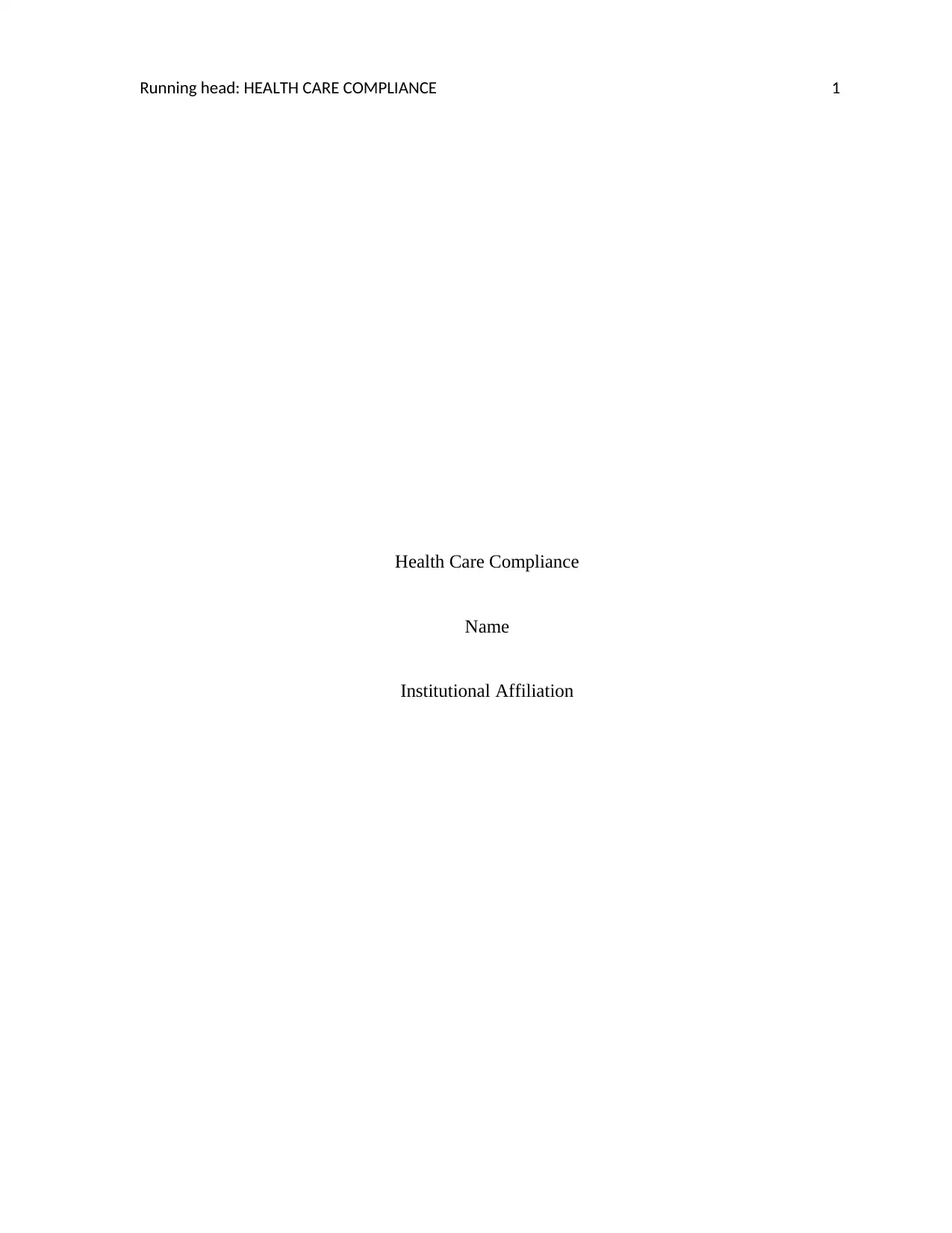
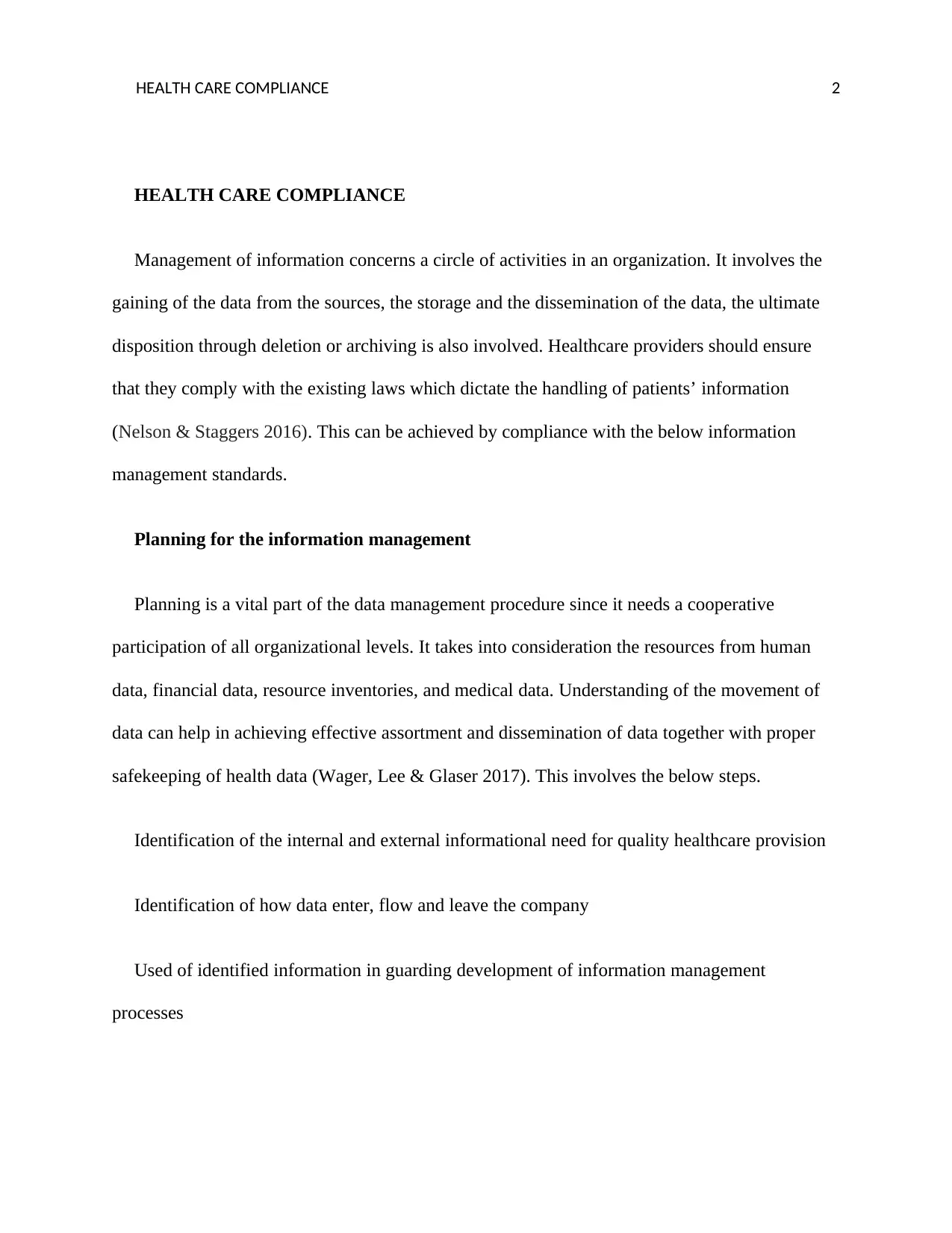
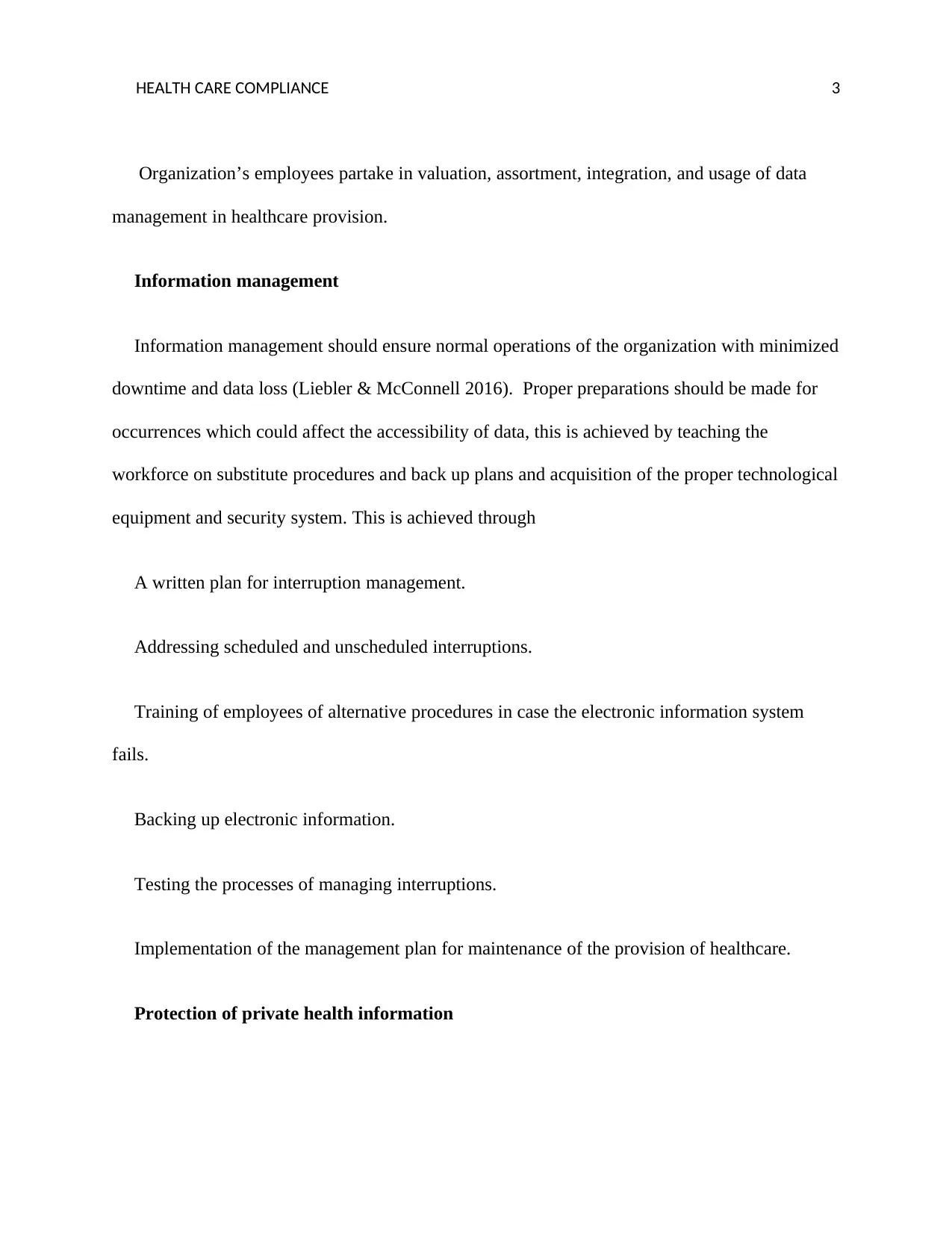

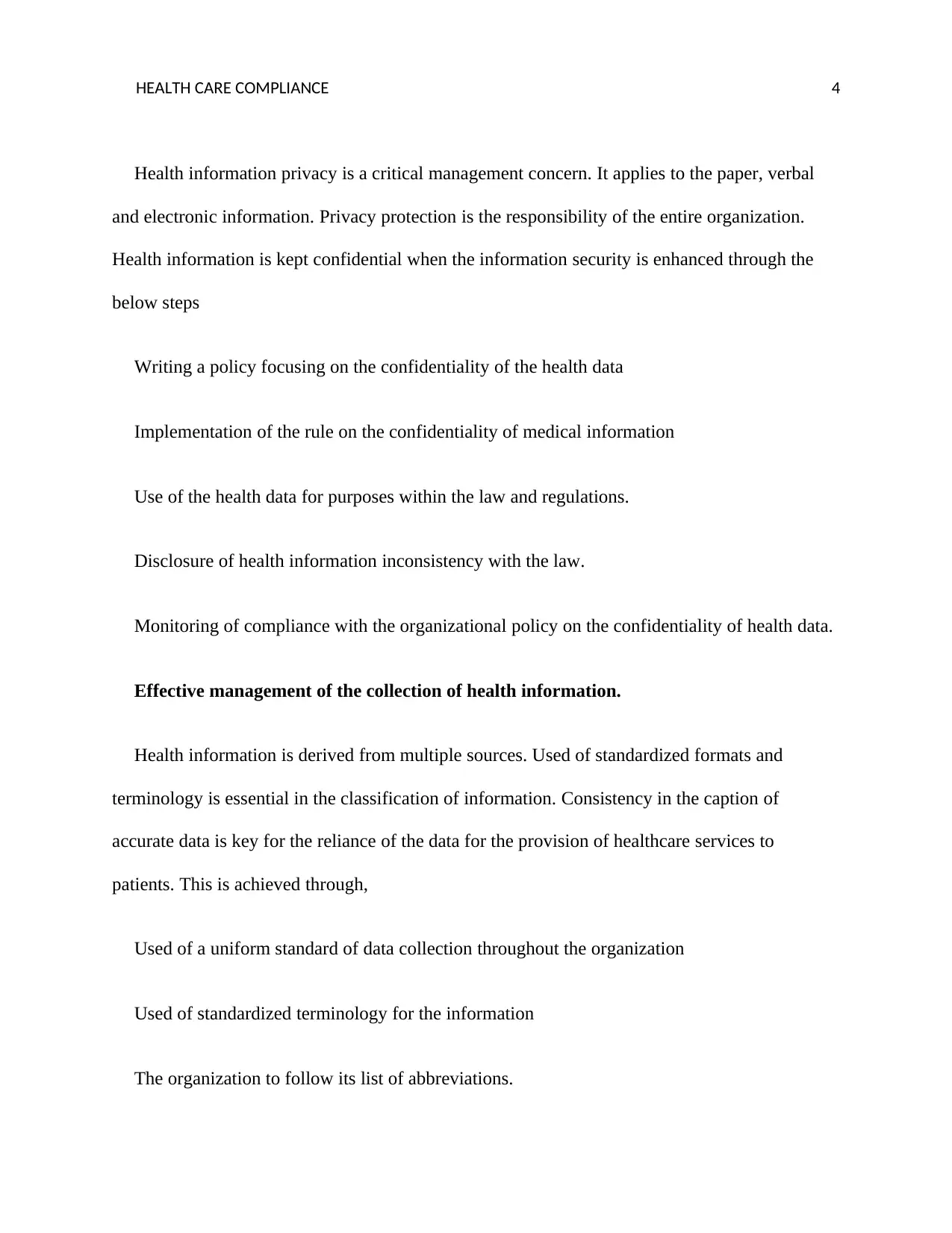
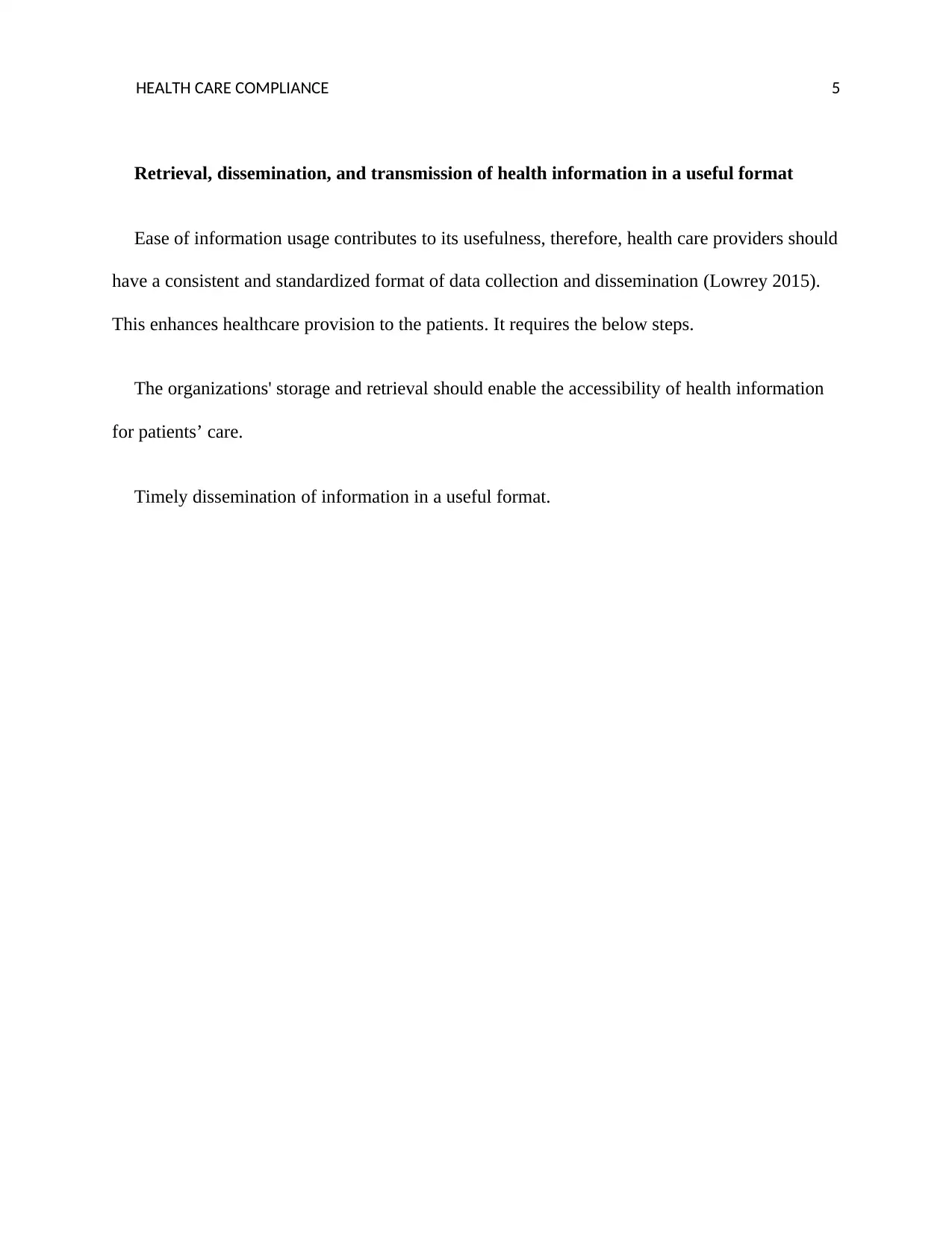
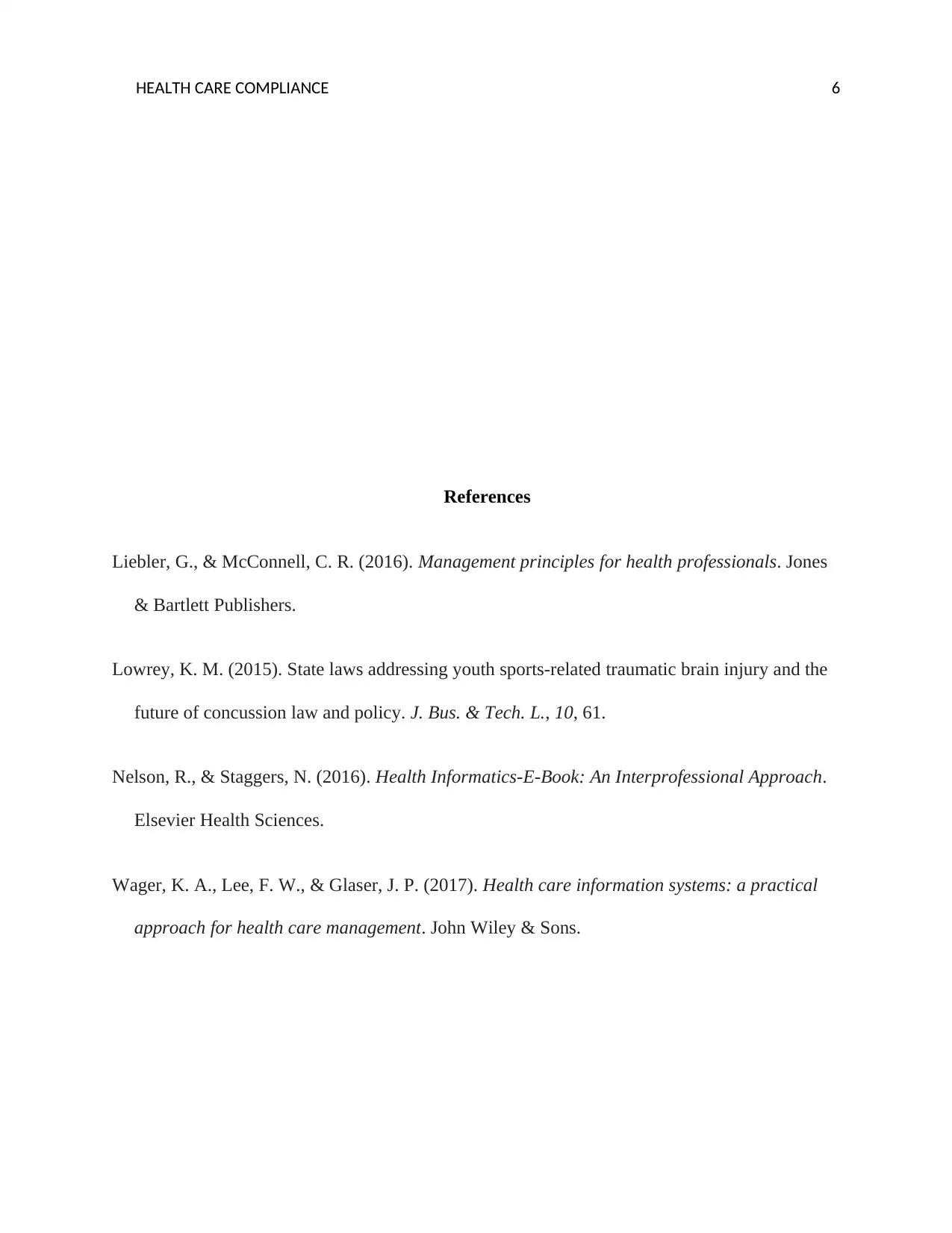







![[object Object]](/_next/static/media/star-bottom.7253800d.svg)